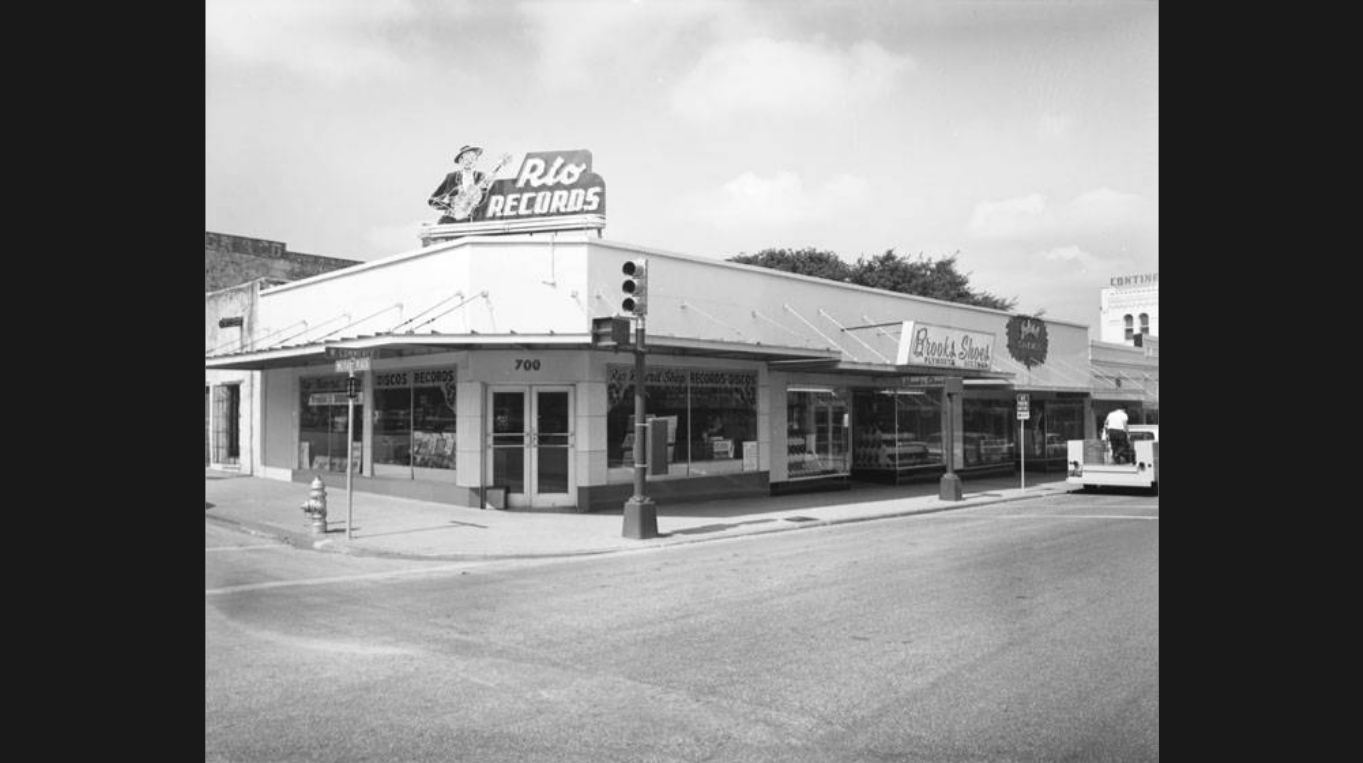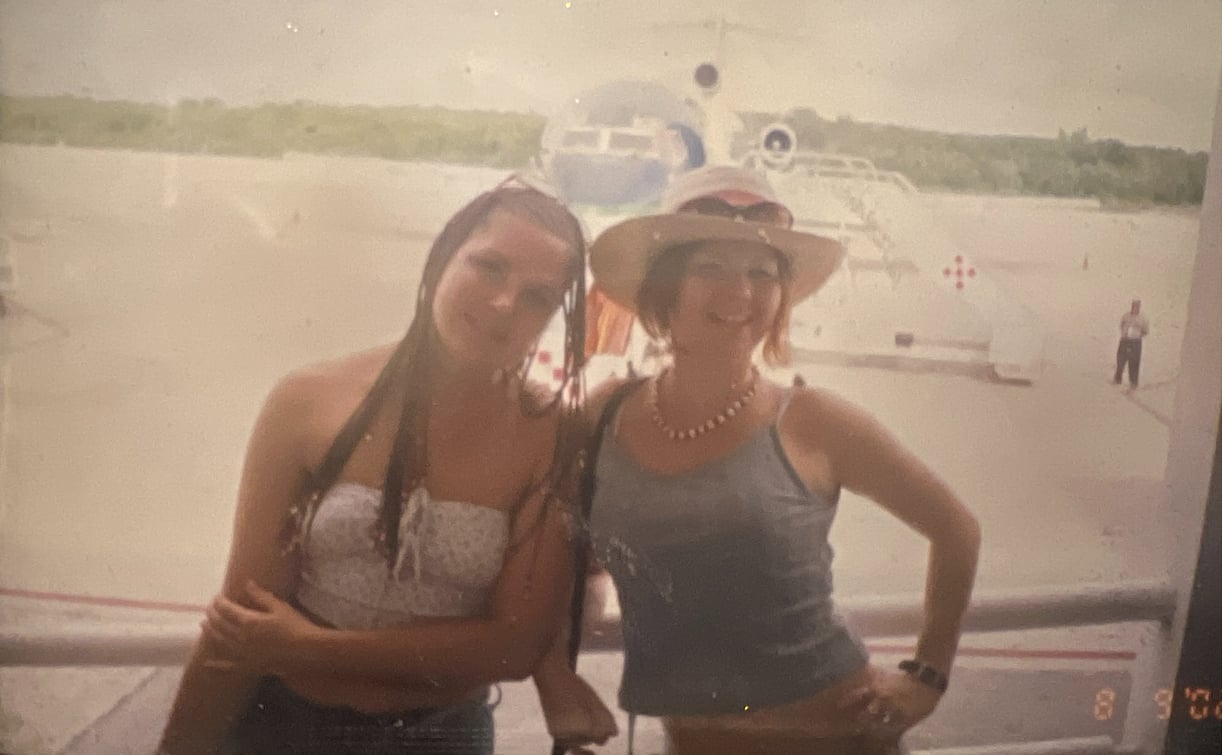
60 Years Ago, San Antonio Teenagers Invented the Westside Sound
Also known as Chicano soul, the Westside Sound blends rock’n’roll with San Antonio roots.
This story first appeared in the December 2020 issue of Texas Highways. See the story in its original format here.
Texas music is known for its sense of place, whether it’s Western swing, guitar-powered electric blues, or Dirty South hip-hop. But at least one Texas city, and one specific part of that city, can claim a sound all its own: the Westside Sound of San Antonio.
The Westside Sound refers to a specific place and time, beginning in the 1950s, when Mexican American teenagers in San Antonio first heard rock’n’roll. Budding musicians from across the city formed bands playing music that incorporated rhythm and blues, often with a heavy horn section, and influences of swing, conjunto, and country. Sometimes referred to as “Chicano Soul,” the music drew on the early rock’n’rollers from New Orleans like Fats Domino and emphasized slow-dance standards known as “bellyrubbers.”
But unlike scenes in other places, the Westside Sound never completely went away. Its popularity persists thanks to veteran San Antonio musicians and fans championing their city’s native sound. You can hear the influence of the Westside Sound in songs like “Hey Baby Kep Pa So,” by enduring San Antonio keyboardist Augie Meyers, and in the music of younger musicians such as Los Texmaniacs, Garrett T. Capps, Mitch Webb and the Swindles, Adrian Quesada, and Jonny Benavidez.
One of the local fans keeping the Westside Sound alive is Chris Varelas, a retired firefighter who operates the NoHitNetwork.com website and KCJV 97.9—a low-power FM radio station based in Leon Valley in northwest San Antonio. Featuring non-charting regional releases from the 1950s through the ’70s—or “The Greatest Sounds You’ve Never Heard Of”—the station plays a whole lot of Westside Sound records.
“The Westside Sound is to San Antonio what Motown is to Detroit,” Varelas says. “The sound is unique and immediately identifiable. It’s really hard to convey the impact of a few local high school teenagers who decided to sing and dream.”
“The Westside Sound is to San Antonio what Motown is to Detroit. The sound is unique and immediately identifiable. It’s really hard to convey the impact of a few local high school teenagers who decided to sing and dream.”
In the 1950s, San Antonio was far enough out of the mainstream, geographically and culturally, to foster a scene from local radio stations playing records by local bands. Only a few of those recordings—notably “Talk to Me” by Sunny and the Sunliners and “She’s About a Mover” by the Sir Douglas Quintet—made it onto the national charts. Still, radio airplay and jukebox spins made regional stars out of groups such as Rudy and the Reno Bops, the Royal Jesters, the Dell Kings, Sonny Ace y Los Twisters, the Dreamliners, the Commands, the Mar-Kays, and Charlie and the Jives.
Arturo “Sauce” Gonzalez was an early member of Sunny and the Sunliners in 1962. He later played Hammond B-3 organ with the late Doug Sahm, and today he leads Sauce Gonzalez and the Westside Sound.
“My band is called the Westside Sound and even I have a hard time explaining it,” he jokes. But, he says, a hallmark of the sound is simplicity.
“We used to play R&B tunes by Fats Domino, Little Richard, Smiley Lewis, B.B. King, Little Willie John, and lots of other Black artists,” he says. “We Chicanos from the Westside would rearrange the music for two tenor saxophones and piano. And it was very important to play the triplets. Playing them by ear rather than reading charts was the Westside Sound, too.”
The “Westside Sound” didn’t really exist as a moniker until 1983, long after the music’s heyday. That’s when Sahm, a San Antonio-born musical prodigy who made his mark on the sound with the Sir Douglas Quintet, released an album with Meyers titled The ‘West Side’ Sound Rolls Again.
“That’s the first mention,” Jason Longoria says, pointing to the cover of the album in the music room of his San Antonio home. “No one knew what to call it until then.”
“The musicians came from all over San Antonio. But the Westside is the heart.”
Longoria, 42, is another local keeping the Westside Sound alive through collecting records and sharing his research with the world. “The musicians came from all over San Antonio,” he adds. “But the Westside is the heart.”
San Antonio’s Westside, the oldest urban Mexican American neighborhood in Texas, is the historic hub of the city’s Hispanic culture. After World War II, two record labels, Rio Records and Corona Records, showcased the music of the working-class neighborhood.
Corona recorded traditional Spanish music ensembles. Rio Records issued records by young Mexican Americans playing all kinds of sounds. “Rio Records was to San Antonio what Sun Records was to Memphis,” Longoria says. “All these people had an opportunity to make a record. Rio Records owner Hymie Wolf would record anyone who came in, press up copies, and service jukebox distributors and radio stations with copies. He didn’t dictate what people should sing or play.”
Longoria collects recordings and ephemera documenting the era. He has also sought out old performers and even gotten a few of them back on stage, including Rudy Tee Gonzalez, the lead singer from Rudy and the Reno-Bops; and Little Sammy Jay (Jaramillo), featured vocalist from the storied Tiffany Lounge club.
Longoria, who works at H-E-B’s corporate headquarters for his day job, developed his obsession through his parents’ love of the Texas Tornados, the 1990s Tex-Mex supergroup consisting of Sahm, Meyers, Freddy Fender, and Flaco Jiménez—all pioneers of the sound.
“When that first album came out, my parents would tell me about Doug Sahm and all the guys coming from around here,” Longoria says. “Doug Sahm stuck with me because he was local, very eclectic, and played a mixed bag of stuff that I related to.”
Longoria’s research traces the origins of the Westside Sound to the merging of two bands, Conjunto San Antonio Alegre and Conjunto Mexico, which joined forces as Mando and the Chili Peppers in 1955. As the players traded their bajo sextos and accordions for electric guitars, their music transitioned from polkas and rancheras to rock’n’roll and Louisiana blues. They were also hearing music from local Black blues musicians, a scene with 1940s roots in the Keyhole Club, which advertised itself as “the First Integrated Night Club in the South.”
Mando and the Chili Peppers toured around the country, playing cities like Las Vegas, Denver, New York, and Philadelphia, where they appeared on the popular American Bandstand TV show. Back in San Antonio, the band had its own television show on KCOR, first with Spanish-speaking emcees and then with Scratch Phillips, a Black disc jockey.
On the Road With Rock ’N Roll, the band’s 1957 debut album, improbably fused country, conjunto, R&B, and triplet-powered rock’n’roll. The playlist incorporated songs from Ernest Tubb’s “I’m Walkin’ the Floor Over You,” to the popular standard “South of the Border,” to “San Antonio Rose” by Bob Wills and His Texas Playboys.
“San Antonio has got its own version of pretty much all of American music,” Longoria says.
And, it’s got music that no other place can claim.
Read more from the Observer:
-
Efforts to Save What’s Left of Mary Allen Seminary Reveal The Challenges of Preserving Black Placemaking in Texas: The Mary Allen Museum of African American History continues to race the clock to preserve what’s left of Texas’ first African American school for Black girls and women.
-
How to Die in Texas: The funeral industry has long been characterized by shady practices. In Texas, the bereaved are starting to look for new options.
-
Musician Anjimile on Leaving Texas, Getting Sober, and Blowing Up: The Richardson-born singer-songwriter released his debut album in September.


